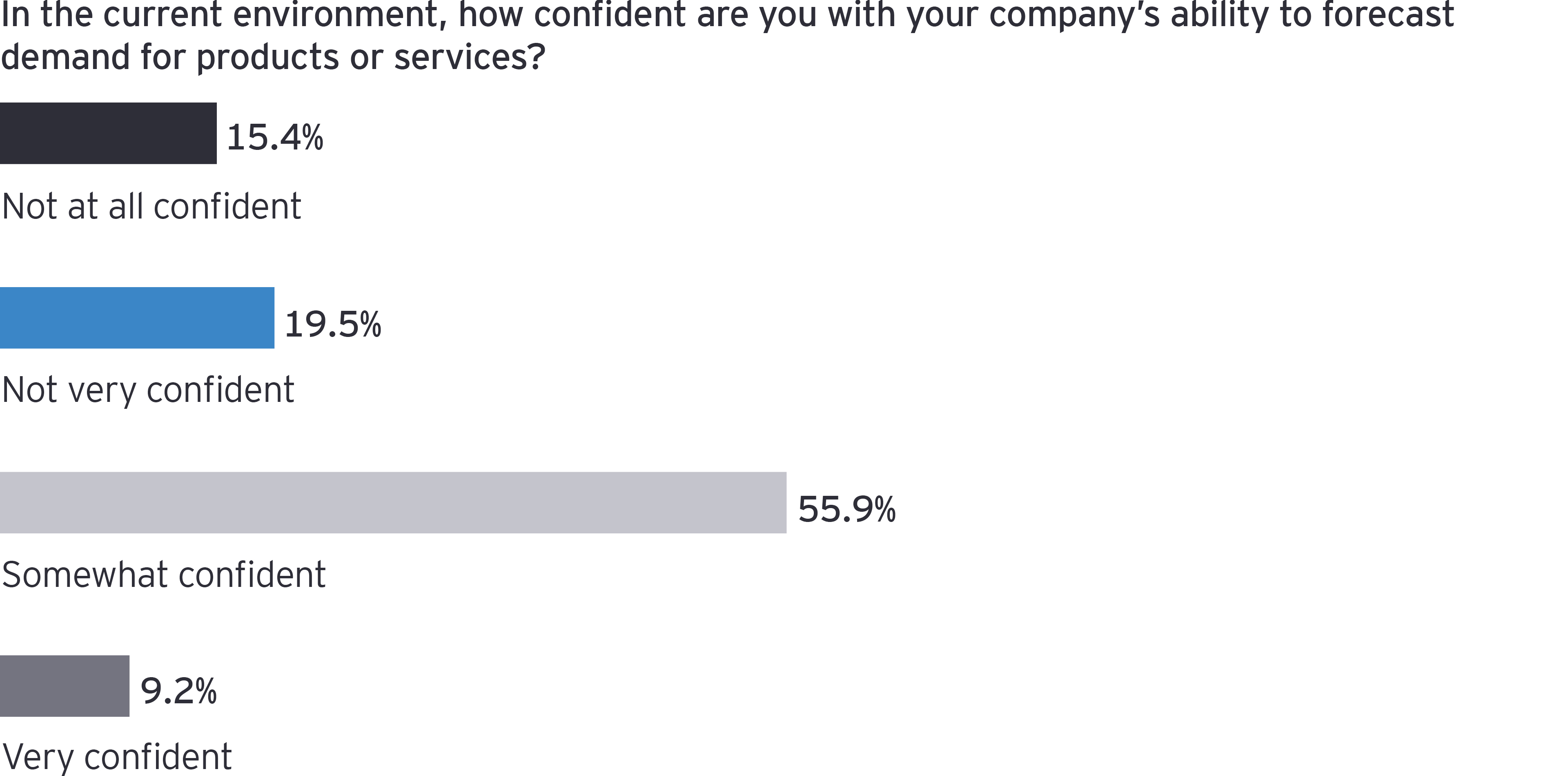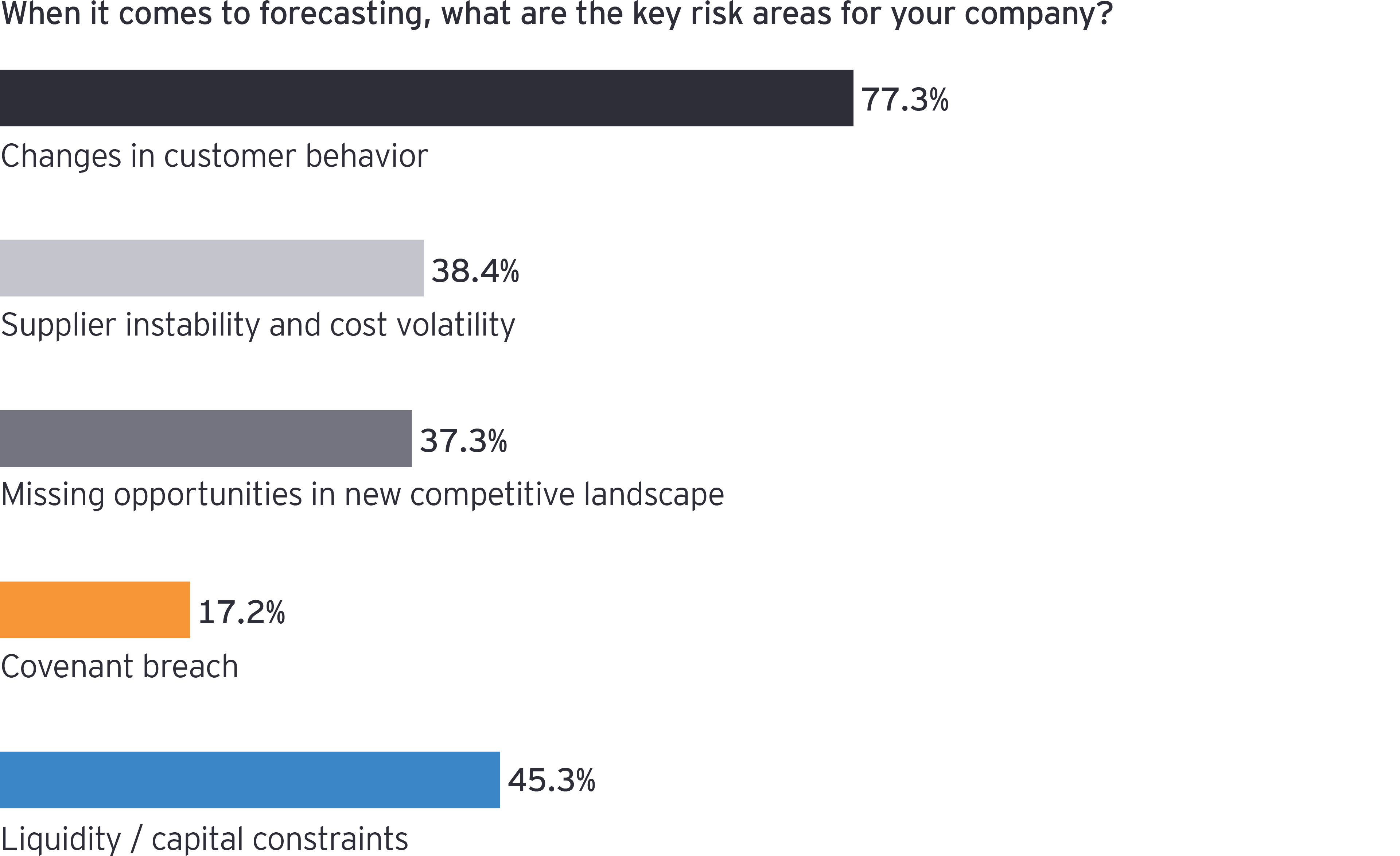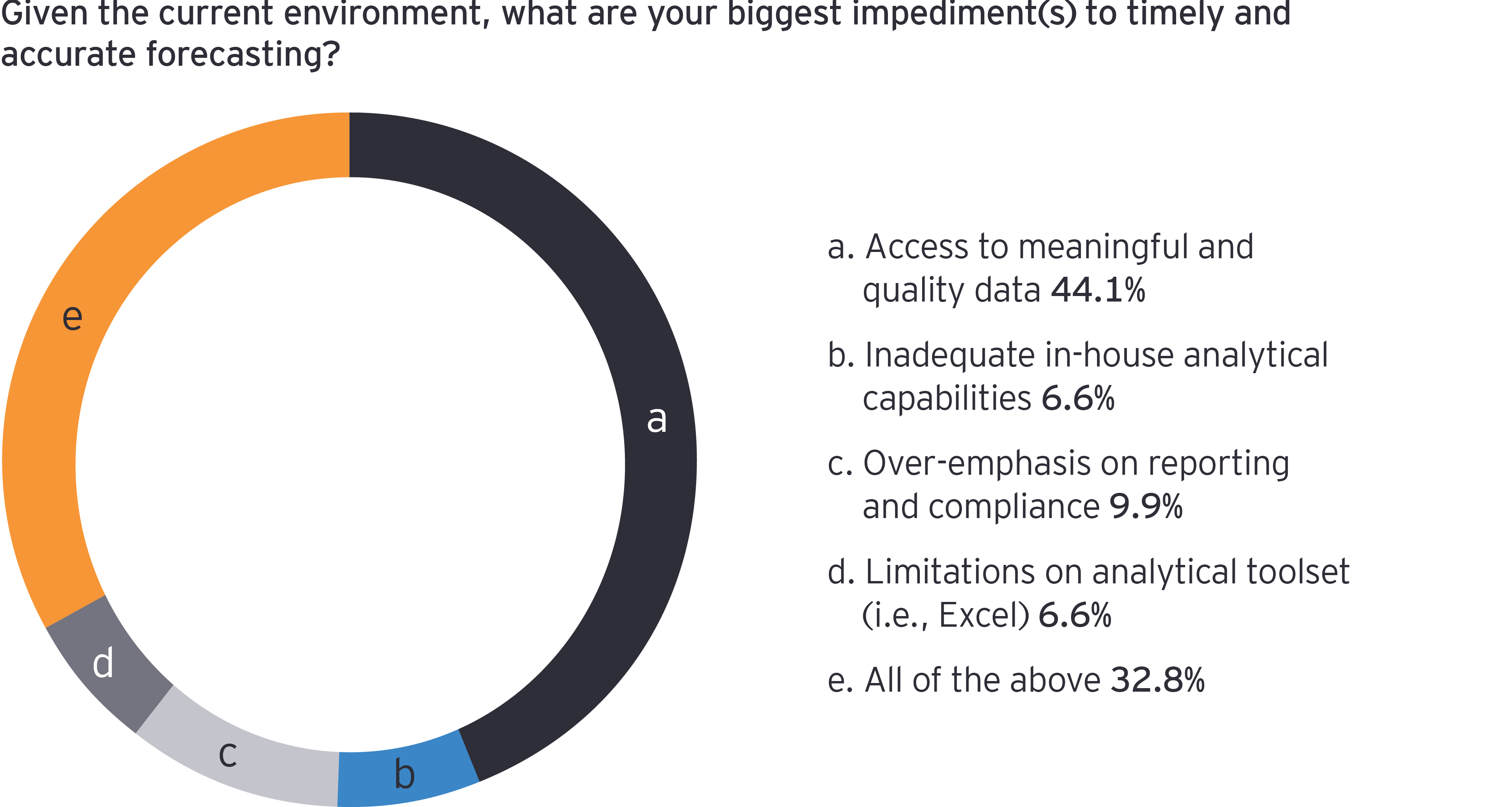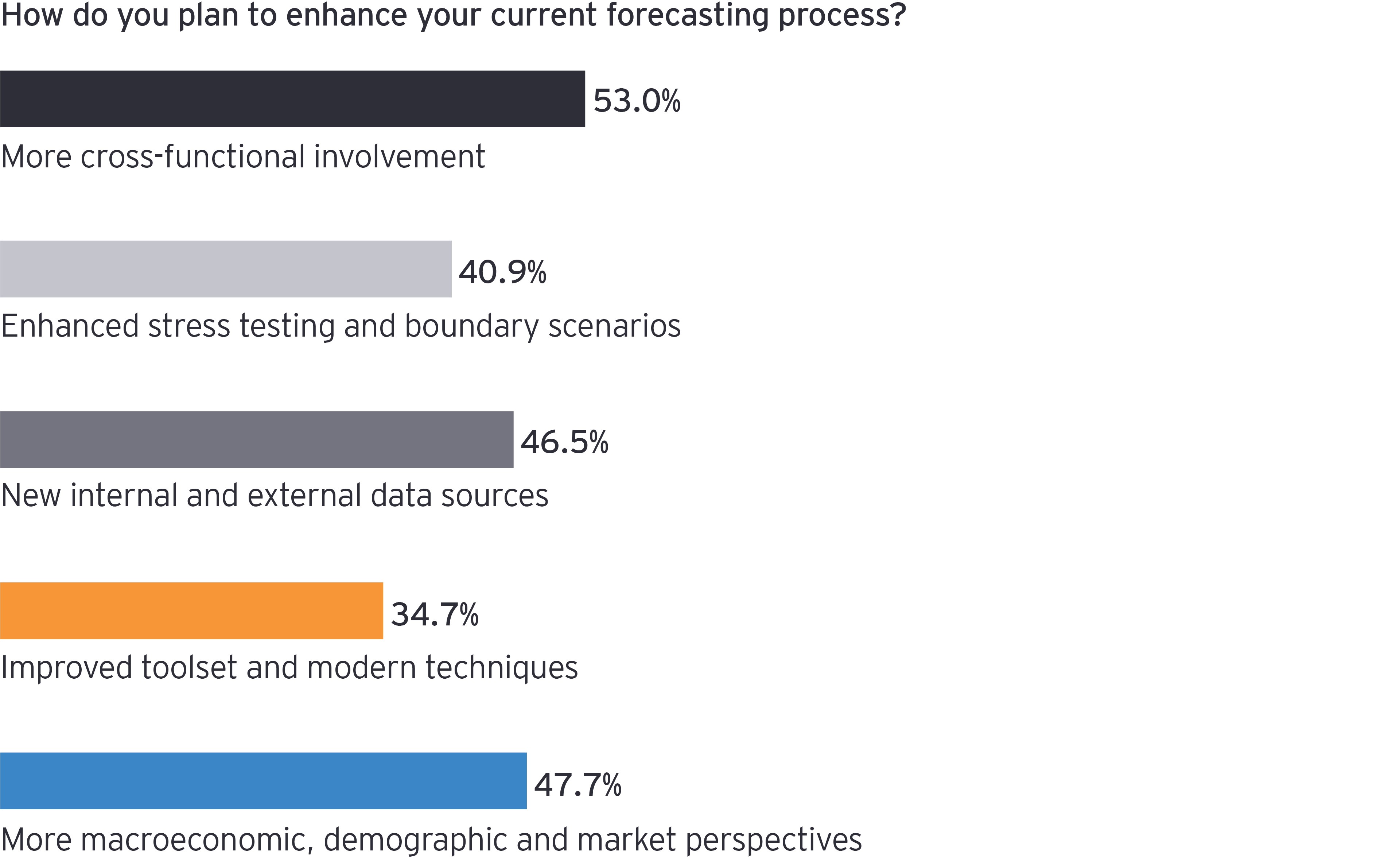Always be forecasting with your data
Companies have typically spent 80% of their time on financial planning and 20% on analysis. That needs to flip in the current environment.
Once a company has defined the necessary data inputs and ways to free that data from organizational silos, they can:
- Establish a team solely focused on forecasting.
A cross-functional team can establish a process for continuous updating of data and ongoing evaluation of demand and supply shocks. Using a collaborative team approach helps deliver robust, scenario-enabled modeling that is fact-based and supports real-time decision-making.
- Evolve data systems so that data can be refreshed automatically.
Initially, pulling in all the necessary data will require a daily or weekly refresh. As companies free up capital to upgrade to different technology solutions, they can move to rapid automation and enhanced insight.
- Don’t forget the long term.
Scenario planning methods need to be aligned to capital allocation strategy. Forecasting should look at the balance sheet as well as the P&L, in an integrated fashion. In addition to monitoring liquidity, there are capital allocation decisions that will help companies thrive after a crisis. Will capital need to be reallocated amongst business units under various recovery scenarios? Will the company have the capital to invest in new technologies or bolt-on acquisitions, while also maintaining or increasing a dividend or share repurchases?
As an example, Ernst & Young LLP is working with a global life sciences company to reimagine the industry. Regardless of the current trends and forecasts, the expectation is that the post-COVID-19 market will be on an entirely new growth path in terms of consumer behavior, spending levels, segments, and product and service innovation.
Forecasted scenarios using a future-back approach (looking at future expectations for the state of the business and then working backward) are now being used to identify and challenge assumptions where post-COVID-19 revenue models are likely to differ from the past. These scenarios are used to make revised capital allocation and investment decisions today.
Blending the deeper forecasts for today with a future-back approach provides a more complete view of scenarios, helping a company to better set expectations with investors and business operations for planning and risk management.
A robust forecasting program should help you answer these stakeholder and board questions:
- How much of your demand do you expect to come back and when?
- How will customer behavior change?
- When can you bring back furloughed workers?
- Are there immediate needs for short-term liquidity?
- How many weeks of cash should you have on hand?
- Are any of your suppliers at risk of bankruptcy?
- What are you doing to make sure you have stability in your supply chain?
- Should you maintain more inventory?
- Will you need to raise longer term capital?
The time to act is now
Fortunately, our webcast poll also shows companies are planning a variety of steps to enhance their forecasting process, including enabling more cross-functional involvement, utilizing new internal and external data sources, and enhancing stress testing and boundary scenarios.






